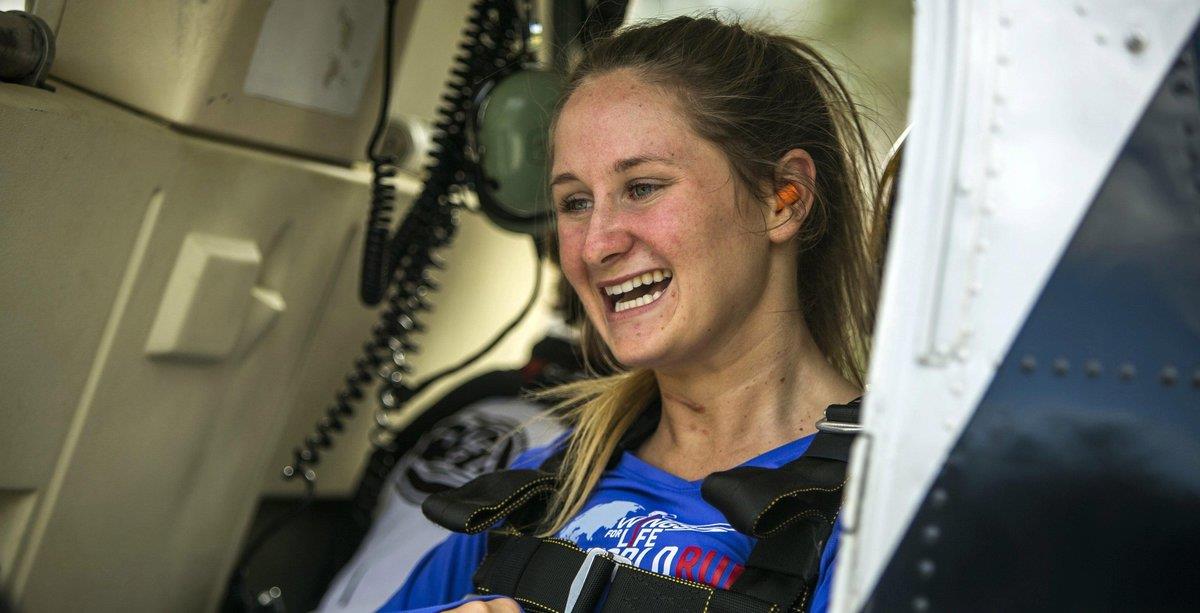News archive
Brooke Thabit
Marc Herremans and Brooke Thabit Are Back to Share More Insider Perspectives
29.12.2016
Marc Herremans and Brooke Thabit have already told us what upper-body training is like for those with spinal cord injury. But did you know that working the lower body is just as crucial for people with paralysis?
Marc and Brooke, let’s start with a very basic question: Why train the lower body if your legs are actually paralyzed?
MH: There are a lot of reasons. For any person, it’s important not to sit too much – to get up and move around, right? Well, for people who have spinal cord injury and sit all the time, it’s even more critical. If you never stand up, it’s really bad for your circulation, your bones, your muscles, your mental state… everything!
BT: We’ve got to stand and to exercise the lower body, even if the legs don’t work. Besides what Marc mentioned, it’s good for strength, digestion, the lungs, and staying limber, too.
MH: Take the Achilles tendons: if you don’t stand, they become shorter and shorter, and then if you do try to stand up, your ankles can’t bend to 90 degrees to get your feet flat on the floor. Standing also helps to keep your legs the same length. So in the short term, lower-body training is good for you, and in the long term it means you’ll be ready to go into a medical trial when the time comes.
What’s involved in a lower body workout?
BT: I’m beginning to initiate steps with the help of my physical therapist. I can pedal a stationary bike, and I do manual gait training, where I use a treadmill while suspended from a special harness. There’s stretching, and I’m working on squats. A big thing now is that I can stand – if my therapist gets me standing I can usually lock my knees myself and have enough core strength to hold my upper body up. For me that was a big milestone.
MH: I do a lot of training standing up. There’s something called a stand-up table, and I use special leg braces or sometimes a walking robot. We use electrostimulation. If I compare the equipment and medical care today with what was available 14 years ago when I got injured, it’s improved so much. The difference is amazing.
Brooke, when we talked before, you said that you go to college and still train three to five days a week, and Marc, you work out every day despite a job and family commitments.
MH: It takes discipline. I have a big schedule, and a lot of times I do my standing early or late in the day because I’m so busy. Sometimes I’ll multi-task by taking phone calls while I’m in my walking gear. But I do it. I make sure I stand up every day.
BT: It’s absolutely worth it. That core strength and balance helps in so many ways. In your chair at home you can reach and grab things. Plus training really boosts your mindset. The whole two hours I’m there training, I’m out of my chair, I see myself walking. Exercise is good for the emotions anyway, but when you’re paralyzed it’s extra great.
So what are your training objectives?
BT: Training is about so much more than walking. The end goal is to be walking on my own again, but until then, independence is huge for me. And staying healthy, staying out of the hospital. That’s the hardest part – getting strong so that you can be as independent as possible.
MH: It’s really important to me to stay healthy and ready for a solution when it comes. Most important, training is about my life quality with my two young daughters; being there for them. I think that whether you’re paralyzed or not, we all have the same needs, and training enables me to take care of my kids like a normal daddy.

